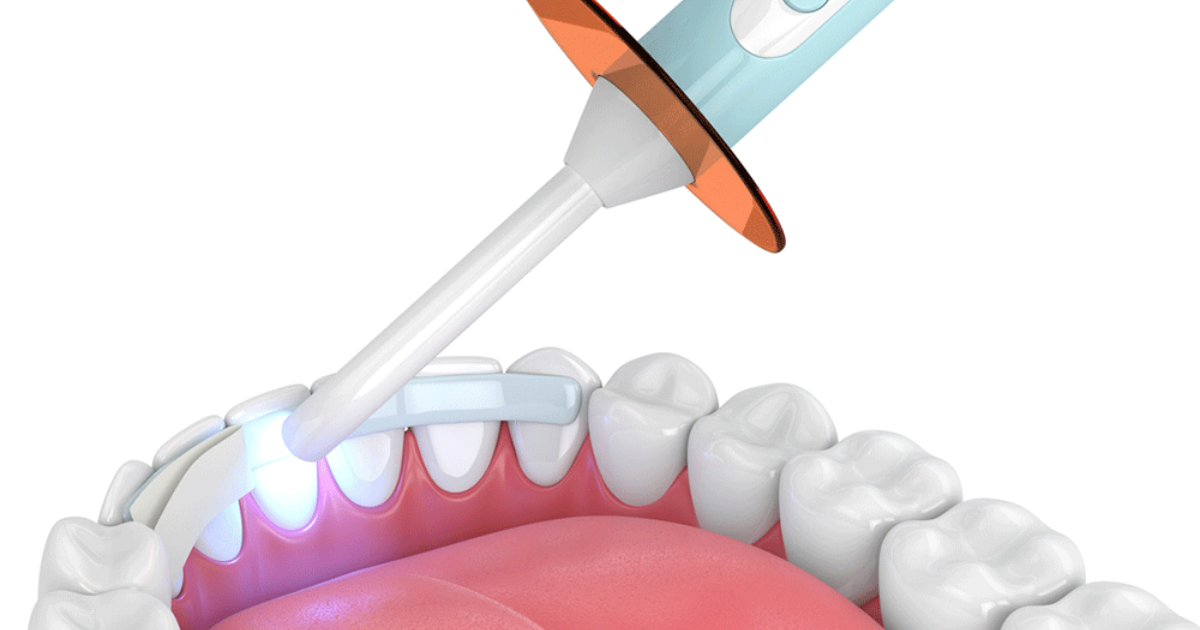8092 Edwin Raynor Blvd # D, Pasadena, MD 21122

Tooth sensitivity can be a frustrating problem. It’s that sharp pain when you enjoy a hot coffee or an ice-cold drink. This discomfort happens when the protective layer of the tooth, called enamel, wears down. When this layer is thin or damaged, the inner parts of your tooth become exposed. Many are left wondering if there’s a way to protect their teeth and reduce sensitivity. One effective solution is dental bonding. This method can provide relief and protection, making it easier to enjoy your favorite foods without pain.
What is Dental Bonding?
Dental bonding is a cosmetic and restorative procedure. A tooth-colored resin material is applied to the affected area. The resin bonds to the tooth, covering any exposed or damaged areas. This provides a barrier against temperature changes and other triggers of sensitivity.
How Does Dental Bonding Work?
Here’s how the process typically goes:
- Preparation: Your dentist will select a resin that matches the natural color of your teeth.
- Application: A mild adhesive is applied to the tooth’s surface.
- Resin Layering: The tooth-colored resin is molded onto the tooth.
- Hardening: A special light is used to harden the resin, which bonds it to the tooth.
- Shaping and Polishing: The bonded area is then shaped and polished to blend with your natural teeth.
Dental bonding creates a smooth and even layer over the tooth. This seals off any exposed areas that might trigger sensitivity.
Can Dental Bonding Help with Tooth Sensitivity?
The main benefit of dental bonding for sensitivity is its protective layer. If your teeth are sensitive because of enamel erosion, cracks, or gaps, bonding may provide relief. The resin acts as a shield, blocking out external irritants.
Benefits of Dental Bonding for Sensitive Teeth
Dental bonding in Pasadena comes with several advantages for those struggling with sensitivity:
- Quick and Painless: The procedure is often completed in a single visit, and it doesn’t require anesthesia unless it’s fixing a cavity.
- Non-Invasive: Unlike veneers or crowns, bonding doesn’t require extensive removal of tooth structure.
- Cost-Effective: It is usually more affordable than other cosmetic treatments.
- Natural Appearance: The resin can be tinted to match your tooth color, making it almost unnoticeable.
- Versatile: Bonding can fix chips, cracks, and gaps, all of which can cause sensitivity.
When is Dental Bonding a Good Choice?
Dental bonding is ideal for mild to moderate tooth sensitivity. However, it’s essential to understand when it’s the right option:
- Enamel Erosion: If your enamel is thinning, bonding can provide a protective layer to shield the sensitive areas.
- Chips or Cracks: Small chips or cracks can expose the inner parts of the tooth. Bonding fills these gaps, reducing sensitivity.
- Exposed Roots: If you have receding gums, the roots of your teeth may become exposed, leading to discomfort. Bonding can cover these exposed areas.
- Gaps Between Teeth: Small gaps can let in food particles and irritants. Bonding can fill these gaps and make the teeth more resilient.
What to Expect During the Procedure?
Understanding the bonding procedure can help you feel more comfortable. Here’s a breakdown of what you can expect:
Step-by-Step Guide to Dental Bonding
- Consultation: Your dentist will assess the sensitivity and decide if bonding is the right solution.
- Color Matching: They will choose a resin shade that matches your teeth.
- Tooth Preparation: The tooth is cleaned and lightly etched to help the resin adhere.
- Bonding Application: The resin is applied and shaped to fit the tooth.
- Curing: A UV light hardens the resin.
- Final Adjustments: The tooth is polished, and any excess material is removed.
The process is simple and straightforward, with minimal discomfort.
Post-Bonding Care Tips for Long-Lasting Results
Once you’ve had dental bonding, proper care can extend its lifespan. Here are some easy tips to keep your bonded teeth in great shape:
- Avoid Hard Foods: Don’t chew on hard items like ice, pens, or fingernails. These can damage the resin.
- Watch Your Diet: Limit foods and drinks that cause staining, such as coffee, red wine, and berries.
- Regular Dental Check-Ups: See your dentist regularly to check the condition of the bonding.
- Good Oral Hygiene: Brush and floss daily to keep your teeth healthy. Use a toothpaste designed for sensitive teeth.
Dental bonding is durable, but it’s not as strong as your natural enamel. With good care, it can last several years before needing a touch-up.
Is Dental Bonding the Right Choice for You?
Dental bonding is a great choice if you have mild sensitivity due to enamel wear, small cracks, or exposed roots. It’s also suitable if you want a quick and affordable solution that looks natural. However, if your sensitivity is severe, you might need a more intensive treatment. Consulting a dentist can help you find the best approach based on your needs.
Tooth sensitivity can impact daily life, making simple activities like eating and drinking uncomfortable. Dental bonding offers a practical and effective way to reduce sensitivity. It provides both protection and aesthetic benefits, making it a preferred choice for many. If you’re struggling with sensitive teeth, considering bonding could bring the relief you need.
Consulting a dentist about bonding options is a wise step for those looking to address tooth sensitivity effectively. Whether you have mild discomfort or more noticeable sensitivity, a dental professional can guide you to the best treatment for long-term comfort.
Related Articles
New Patients & Emergency
Appointments Welcome!
New Patients & Emergency
Appointments Welcome!


